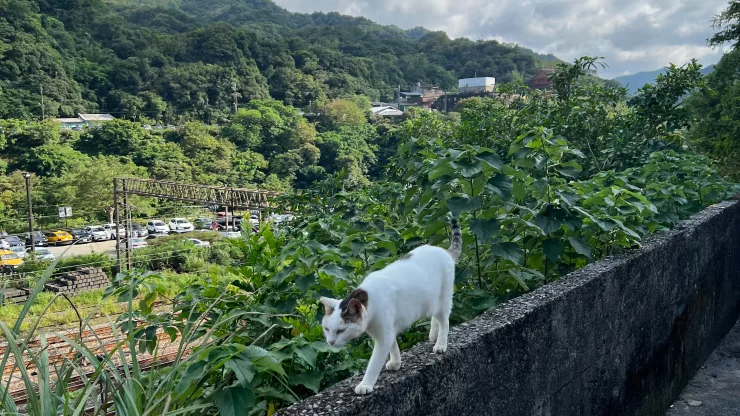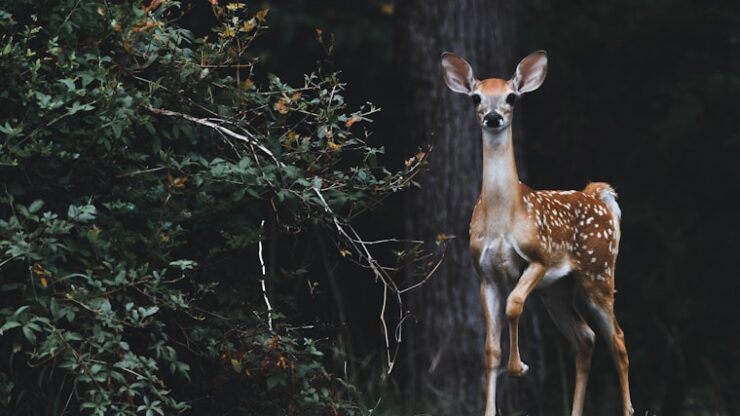Jump to Section
Learning from Successful Urban Wildlife Management
As cities continue to expand, the need for effective urban wildlife management practices becomes increasingly important.
Proper management can help to ensure the safety of both humans and animals, as well as preserve biodiversity within urban areas.
Fortunately, there are many successful models of urban wildlife management around the world that can serve as examples for cities looking to implement their own best practices.
===Innovative Strategies: Highlighting Global Best Practices
There are many innovative strategies being used around the world to manage urban wildlife. Some of the most successful ones include:
- Creating green corridors: These are strips of green space that connect larger natural areas, allowing for the movement of wildlife throughout the city.
- Providing habitat: Building structures like green roofs and birdhouses can provide important habitat for wildlife in urban areas.
- Educating the public: Educating the public about how to coexist with urban wildlife can go a long way in reducing conflicts between humans and animals.
===Case Studies: Success Stories from Urban Wildlife Management
One successful example of urban wildlife management comes from the city of Berlin, Germany.
The city has created an extensive network of green spaces, including parks, gardens, and cemeteries, which provide important habitat for a wide range of wildlife species. The city has also implemented a program to educate the public about urban wildlife, including information on how to coexist with animals like foxes and wild boars.
Another successful example comes from Vancouver, Canada, where the city has implemented a program to manage urban coyotes.
The program includes measures like public education, targeted hazing of coyotes, and the installation of coyote-proof garbage cans.
As a result, the city has seen a significant reduction in the number of coyote-human conflicts.
===Implementing Change: How to Apply Successful Models Locally
Cities looking to implement successful urban wildlife management practices can start by:
- Conducting a wildlife inventory: This will help to identify the species present in the city and their habitat requirements.
- Developing a management plan: Based on the results of the wildlife inventory, cities can develop a management plan that includes strategies like habitat creation, public education, and conflict resolution.
- Evaluating and adapting the plan: Regular evaluation of the management plan can help cities to identify areas for improvement and make changes as needed.
===FAQ
What are some common urban wildlife species?
Common urban wildlife species include raccoons, squirrels, opossums, skunks, and coyotes.
How can urban wildlife management help to preserve biodiversity?
Effective urban wildlife management can help to preserve biodiversity by providing habitat for a wide range of species, including those that may not be well-suited to natural areas outside of cities.
Why is public education an important part of urban wildlife management?
Public education is important because it can help to reduce conflicts between humans and animals by teaching people how to coexist with urban wildlife.
It can also help to build public support for wildlife management programs.
I’m a nature enthusiast and creator of Metro Wilds and have spent years exploring the great outdoors.
With a passion for environmental conservation and sustainability, I have dedicated my career to writing about the beauty and wonders of nature, as well as the threats facing our planet.
Contact me at [email protected] for assistance.





